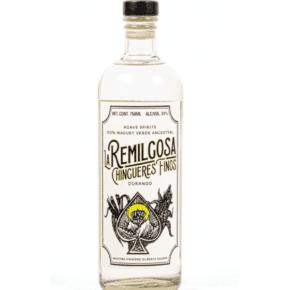Updated 6/14/2023
Long ago, when the first galleons arrived on Mexico’s west coast from Manilla, they brought with them two things that were extremely popular in the Philippines – coconuts and Asian style stills. We can speculate as to the why, coconuts are wonderful and very portable food stuffs. They grow reasonably quickly. And they are distilled into a spirit that is prized in the Philippines.
So, by bringing the ingredient and the tool with them the people on those galleons seem to have known that they wanted to be ready to eat and drink soon after their arrival, something that they did by quickly planting coconuts in present day Colima and surrounding areas. Once those plants started producing coconuts, they started fermenting the palm sap into what is also locally called tuba. You can still find this fantastic fermented drink today in western Jalisco, Colima, and possibly other areas along western Mexico where it is frequently served with crushed peanuts floating on top. Though I haven’t seen it personally, others tell me that tuba is very popular in the Philippines and western Africa.
Once they had a fermented beverage it was easy to pour that into a still and make a spirit from it called “vino de coco.” In the Philippines this is called lambanog and given that it was already known by the people who brought the fruit and the technology to Mexico you have to think that their motive was pretty clear. In any case, vino de coco and lambanog became a huge local industry until the Spanish prohibitions on spirits production came into effect in the 17th Century. Those were designed to protect brandy exports from Spain so that the empire could not only extract as much as possible from Mexico but also keep domestic industry generating taxable income while also keeping Spaniards employed. Add that to the catalog of insidious colonial practices. The combination of prohibition, the later permit for Cuervo to produce tequila legally, and the eventual growth of agave spirits sidelined the entire industry of fermented and distilled coconut beverages in western Mexico. Fortunately tuba is still to be found there at markets and road side stands, and a few producers have begun making vino de coco.













Hi,
My name is Ruan, and I’m one of Nathan Coombs’ personal assistants. I wanted to quickly reach out—I promise not to take up too much of your time, but I thought there might be an opportunity here worth exploring.
Nathan is the CEO of SIOB, a company offering innovative IT and marketing solutions to help businesses thrive in today’s competitive world. He’s also the head of IT at BRICS Global Television Network, where we specialize in international partnerships and television features. Additionally, he’s involved with Envico Trading, a mining company focused on gold, and a television production company that produces high-quality shows, documentaries and series.
If any of this resonates with you, or if you’re curious to know more, let me know. I’d be happy to set up a meeting with Nathan to explore potential opportunities.
Looking forward to hearing from you!
Ruan
Wow – that is awesome and thank you for sharing!